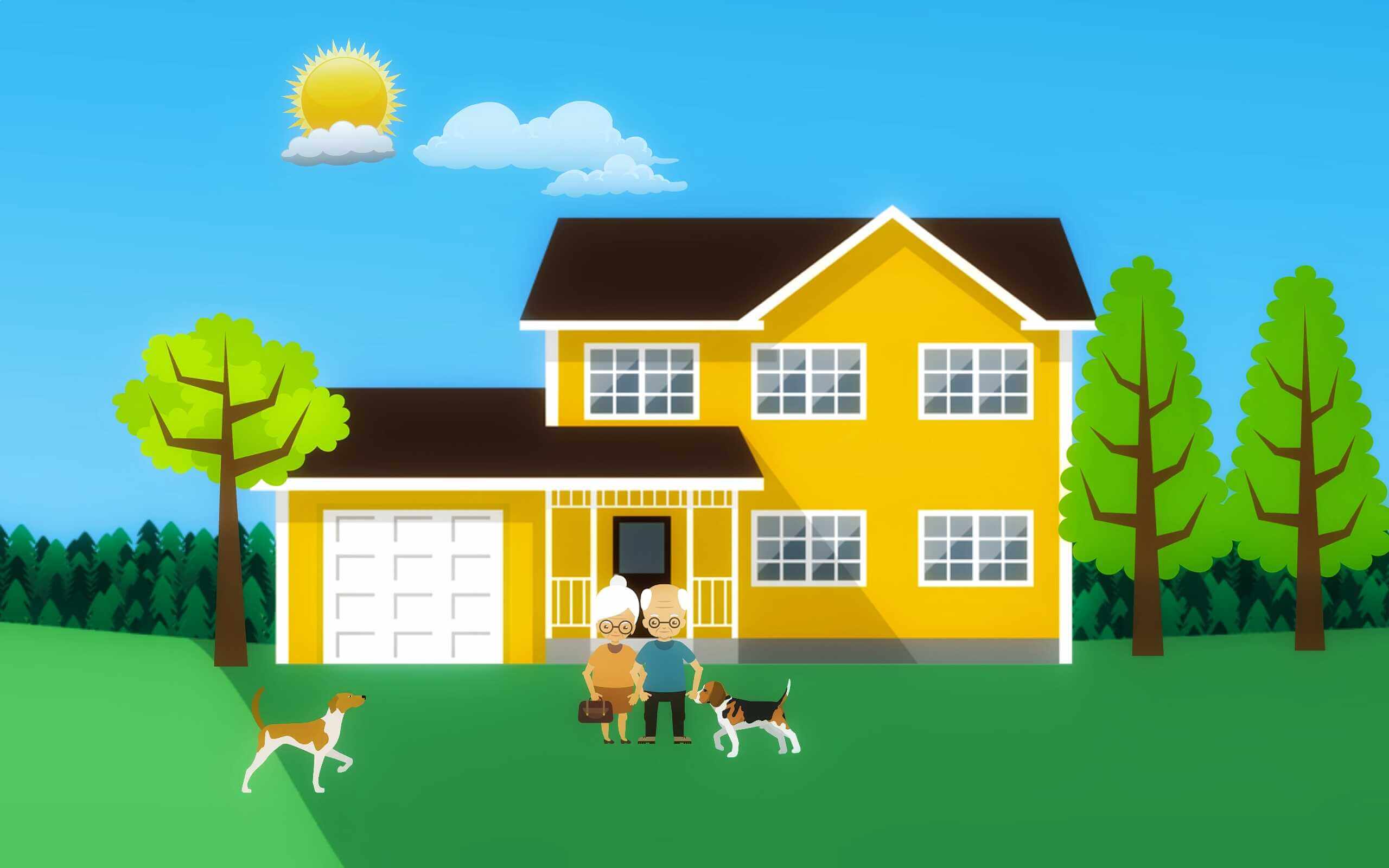Existing-home Sales Rise In July After A Rock-bottom June

The pace of existing home sales improved slightly in July after hitting near rock-bottom levels in June, according to data released Thursday by the National Association of Realtors (NAR).
Month-over-month, the pace of existing home sales rose 2.0% in July to a seasonally adjusted annual rate of 4.01 million. This also represents a 0.8% annual increase.
NAR’s chief economist Lawrence Yun attributes this slight increase to improving affordability.
“Wage growth is now comfortably outpacing home price growth, and buyers have more choices. Condominium sales increased in the South region, where prices had been falling for the past year,” Yun said in a statement.
The median sales price for existing homes in July was $422,400, up just 0.2% annually. However, this does mark the 25th consecutive month of annual price increases.
“Near-zero growth in home prices suggests that roughly half the country is experiencing price reductions. Overall, homeowners are doing well financially. The market’s health is supported by a cumulative 49% home price appreciation for a typical American homeowner from pre-COVID July 2019 to July this year,” Yun said.
Unsold inventory down
At the end of the month, there were 1.55 million existing homes for sale, up 0.6% from June and 15.7% from July 2024. This represents a 4.6 month supply of unsold inventory at the current sales pace, down from 4.7 months in June and four months a year ago.
“Housing inventory continues to build in almost every market, though conditions vary widely across the country,” Ruben Gonzalez, Keller Williams’ chief economist, said in a statement. “If mortgage rates continue to trend down in the coming months, building inventory may offer buyers more leverage and choice. Sellers are increasingly locked in not only by their low mortgage rates but also by their declining equity positions.”
In July, homes spent a median of 28 days on the market, up from 27 days in June and 24 days a year ago.
Additionally, the share of first-time homebuyers continued to shrink in July, falling to 28% from 30% a month ago and 29% a year ago. In contrast, 31% of transactions were cash sales, up from both last year and last month, and 20% of transactions were individual investors or second-home buyers, up from 14% last month and 13% in July 2024.
Regionally, on a year-over-year basis, the pace of existing home sales was up in the Northeast (500,000 units), Midwest (940,000 units) and South (1.85 million units), with 2.0%, 1.1% and 2.2% increases, respectively. The West recorded a 4.0% annual decline to a sales pace of 720,000 units. Month over month, the sales pace increased in the Northeast (8.7%), South (2.2%) and West (1.4%), while the Midwest reported a 1.1% monthly decline.
Looking ahead, economists say that if there is to be meaningful growth in existing home sales, mortgage rates need to decline.
“Affordability is the primary constraint. Mortgage rates have been in the high 6% range and the median home price hit a new record high earlier this summer,”Lisa Sturtevant, the chief economist at Bright MLS, said in a statement. “There are simply fewer would-be buyers out there who can afford to buy in this market.The housing market needs a drop in mortgage rates and a slowdown in price growth — or even a drop in home prices — to bring more buyers into the market.”
Sturtevant says she still believes that there is a strong chance that the overall 2025 home sales will be lower than 2024 sales.
“Lower sales in 2024 and 2025 can partially be explained by mean reversion, or the tendency for years with higher-than-average sales to be followed by years with lower-than-average sales,” Sturtevant said. “But the pullback in transactions in 2024 and 2025 reflects more than just more buyers pushing up their home purchase to 2020 or 2021. The COVID-19 pandemic fundamentally reshaped the housing market, leading to sellers who are locked in by their low mortgage rates and buyers who are priced out by record high price growth.”
Sturtevant said that while lower rates would help, there is no “quick solution,” but she does expect to see affordability to improve in the coming years as housing inventory increases, putting pressure on home prices.
Popular Products
-
 Smart Bluetooth Aroma Diffuser
Smart Bluetooth Aroma Diffuser$389.98$292.87 -
 WiFi Smart Video Doorbell Camera with...
WiFi Smart Video Doorbell Camera with...$44.99$30.78 -
 Wireless Waterproof Smart Doorbell wi...
Wireless Waterproof Smart Doorbell wi...$20.99$13.78 -
 Wireless Remote Button Pusher for Hom...
Wireless Remote Button Pusher for Hom...$65.99$45.78 -
 Digital Coffee Cup Warmer with Temp D...
Digital Coffee Cup Warmer with Temp D...$88.99$61.78